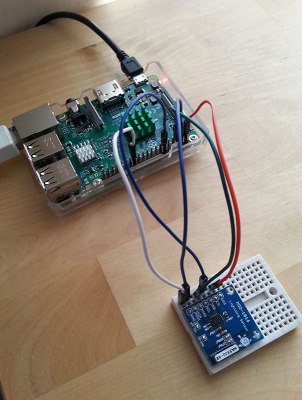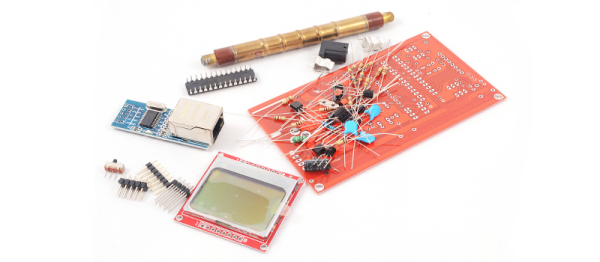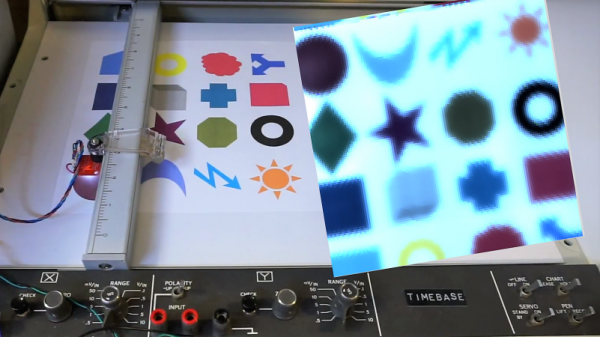In the summer of 1987, the Atari magazine ST-Log caried a piece entitled “Atari Sets Off Fireworks!”, a profile of the use of Atari computers in professional firework displays by Astro Pyrotechnics, a now-defunct California company. Antic podcast host [Kevin Savetz] tracked down the fireworks expert interviewed in 1987, [Robert Veline], and secured not only an interview, but a priceless trove of photographs and software. These he has put online, allowing us a fascinating glimpse into the formative years of computerized pyrotechnics.
The system uses not one, but two Ataris. An ST has all the display data and scheduling set up in the Zoomracks card file software, this is then exported to an 800XL which does the work of running the display. We’re told the code for the 800XL is loaded on a ROM cartridge for reliability. The 800XL is mounted in an aluminium briefcase with a small CRT monitor and battery, and a custom interface board stuffed with TO220 power transistors to fire the pyrotechnics themselves.
It’s unlikely that you’ll be breaking out a vintage Atari yourselves to fun a firework show three decades later, but the opportunity to examine in detail a real-world contemporary commercial use of a now-vintage computer doesn’t come along too often. You can read the original article on the Internet Archive, and listen to the [Veline] interview on the podcast episode.
This is the first Atari firework controller we’ve brought you, but we’ve shown you plenty of others like this beautifuly-executed Arduino build. And if you wonder how to trigger the fireworks themselves, how about destroying a resistor?






















